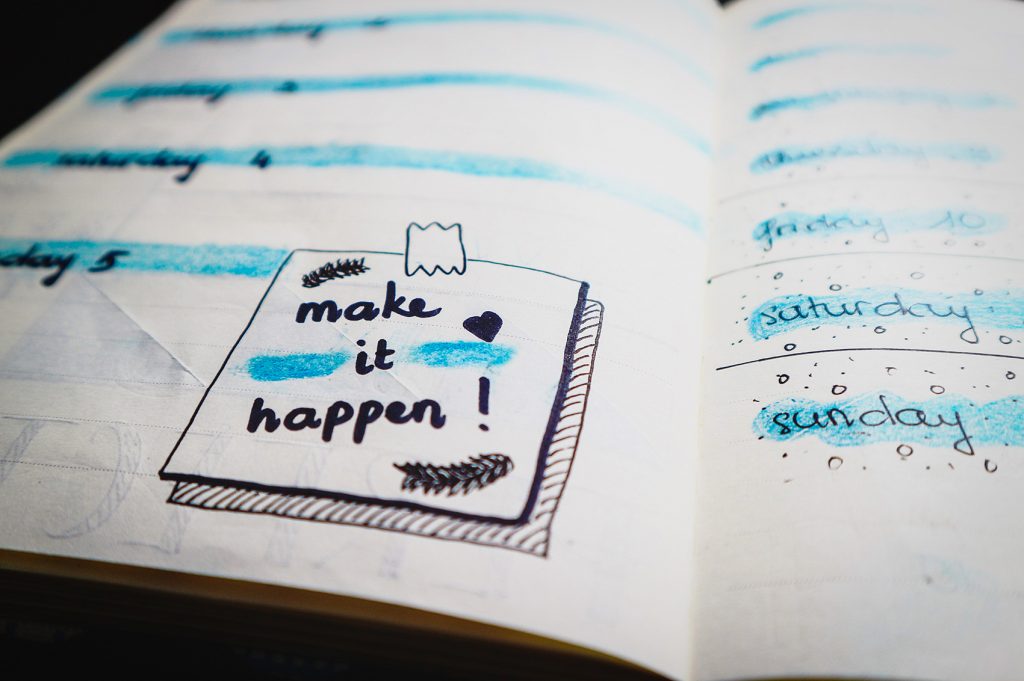Plenty of professionals and residents in your city are hungry for change, just like you. It makes sense to combine forces. Together you can achieve more, faster. But it takes a specific skill set to coordinate a disparate team. In this article, we’ll walk you through exactly what you need to know to drive a successful collaboration.
Imagine redesigning a multi-modal public transport system; one that calls on the cooperation of politicians, city planners, construction firms, facility managers, marketing agencies, and more. We’re faced with organisational overload. If activities and personalities are not well-managed, things can break down at any point, spelling disaster for your dreams. Effective collaboration keeps plans on track.
Thankfully, whether coordinating a small local team or a multi-agency international operation, the following factors will spell success.
What Is Collaboration?
To truly master it, we need to understand what the term means.
Oxford University Press defines collaboration as “[t]he action of working with someone to produce something”. But it’s more than this: it’s about working well with others. Poor collaboration wastes resources and undermines your project.
Sounds simple enough. Or is it? By getting to grips with the following practical and interpersonal skills, working well with others will become a walk in the park.
Practical Skills
Start At the End
“What’s our problem?”
You need an aim. By asking this question, you’re highlighting what you’re trying to solve.
A shared, coherent vision will shed light on the partners needed, focus your plan of action, and help set milestones.
Reach a consensus. It’s imperative everyone agrees to the outcome, so they deliver the commitment and energy you’ll need from them.
A case in point: logistics companies were prevented from lorry deliveries in central Hamburg and Vienna to combat congestion. They formed smart solutions alongside local delivery agents, including satellite warehouses and e-bike delivery. This issue fuelled the collaboration, with the objective to improve traffic flow and air quality. For a detailed read, check out the CityChangers’ article on micro hubs.
The Who’s Who of Collaboration
Before you dish out the duties, ensure the right people are in place. You’ll be relying on them.
Passion is important, but knowhow gets things done. Recruit your colleagues based on relevant skills and experience. Remember: variety is the spice of life. When José Besselink introduced Rotterdam’s walking strategy, she broke down barriers between diverse competencies and formally siloed departments that helped it flourish.
A background in other collaborative projects is a big win. Not only does it show a tendency to play well with others, but these team members potentially offer insights into circumventing challenges.
The ‘who’ might not even be a person. Neighbouring cities in Florida have combined forces to tackle emissions with a joint localised climate action plan, sharing the financial burden and infrastructures to achieve smarter solutions than they could independently.
Organisations, too, shouldn’t shy away. Non-profit PeopleForBikes connects decision-makers in the USA with counterparts in Denmark – plus tours of bike networks – to inspire integrated cycling policy. Seeing it in action is a powerful ally.
Plan
Agree on the tasks each member needs to work on, either as individuals or subgroups.
Each party is essential to realising the overall goal, so it’s important that everyone knows how they fit into the ecosystem, what needs to be done by when, who to talk to about what, and what to do if anything goes awry.

Keep ‘em Keen
Perspectives can differ and diverge. Reiterating your target retains focus and prevents mission drift.
Regular reminders keep your aim fresh and present. Write a mission statement. Put it on your stationery. Make it a mantra. Quote it in media campaigns. Familiarity leads to wider stakeholder buy-in.
The municipality in Swedish city Malmö involved contractors in their plans for energy-efficient developments at such an early stage, builders felt a strong personal connection and aided in the design. This symbiosis between sectors further reduced expected energy consumption and running costs. That’s a win for the city and its people.
Provide a Platform
Online, street-bound, or inside a grand municipal structure? Relaxed café meetup, or formal council meeting? Team leaders or all hands? Collaboration is about sharing; you need to find a way – and a where – of doing it. Use this how to guide to make sure your methods are fully inclusive.
It’s All in the Timing
Provide regular updates. Additional ones if you’re falling behind. You can tackle unforeseen issues better together than alone.
Adhering to deadlines is essential. If one member of the team lags behind, progress slows down for all. Don’t set up to fail – deadlines should be realistic from the offset.
Interpersonal Skills
Create Boundaries
Establishing a code of conduct and defining roles from the offset prevents anyone encroaching on personal and professional spaces. It prevents any offence and replication of workloads.
A study into San Francisco’s involvement of stakeholders (NGOs, businesses, and local government) in sustainable developments expressed the need to make a cut-off clear: “[when] the objective of the collaboration is achieved, the collaboration is ended”. Equally, you should establish from the outset what will not be achieved. This avoids individual agendas getting in the way and weeds out bad intentions.
Be Respectful
We are products of our experiences. We are blessed with emotions and independent thoughts. This makes us prone to disagreement. Framed in a respectful manner, challenges can be beneficial – they make us reflect and improve. Evaluation, feedback, and adaptation are healthy parts of your project, so be open to them.
Mutual respect is about being honest. It underpins an essential element of collaboration: effective communication. Which brings us to our next point:
Hearing vs Listening, Speaking vs Talking
Like in any good relationship, communication is key to a good collaboration. Here are the main points to be mindful of:
- Be clear, be concise – keep it simple, avoid waffle.
- Watch your language! Big words don’t impress anyone but can cause confusion. Use respectful words and tone.
- Don’t use jargon – what’s a common industry acronym to one, might draw blanks from another.
- Consider possible cultural gaps and language barriers.
- Re-read written messages – think about how it sounds to someone else. Check you’re sending the message to the right people, and only the right people – we all have enough emails already, thank you!
- Let’s be friends – linking teams via quick messaging platforms can prevent bottlenecks, speed up processes, and build team spirit. Team building is a wonderful motivational tool and increases productivity.
- Listen – absorb what others are saying. Think about it. Don’t judge. Ask questions if it’s unclear. Discuss rather than argue.
- Dare to share – if you’ve found something useful, don’t keep it secret. It builds trust, and that can only be a good thing. Let others benefit from your experiences.
Celebrate
Don’t be modest. After all you’ve achieved, don’t you deserve some praise?
Celebration is an overlooked element of collaborating. It’s a chance to pat each other on the back and put to bed any tensions that built up during the partnership.
Hitting milestones gives everyone a boost, especially when dealing with long-term projects. Give special mentions to particular wins. But be careful of singling anyone out too much – everyone involved plays an equally important part, so throw the biggest spotlight on the combined accomplishment.
How to Collaborate in a Nutshell
Throughout your project, focus on the end goal. It could be a long slog, but by maintaining a fluid connection with partners via regular, open, honest, and respectful dialogue, the achievement will feel all the sweeter for reaching it as a team. Framing what you do with realistic timelines, tasks, and talents will provide a smooth path to victory and opportunities to iron out any issues without too much disruption.
And last of all, enjoy it. Whether it’s a black-tie ball, hanging out at the park, or partying like a legend into your laptop screen, just make sure everyone is invited.


